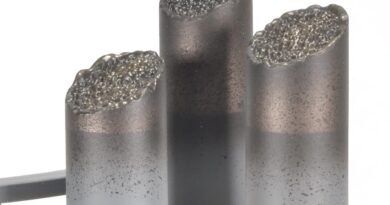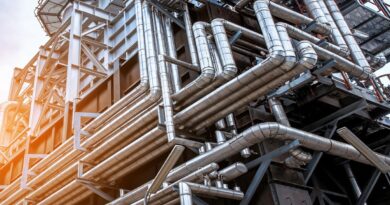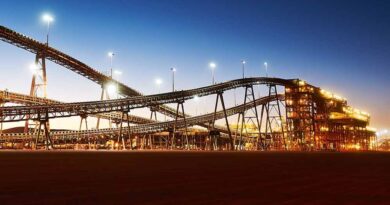Green hydrogen boosted by initiatives using Pt-based electrolysers
It is widely accepted that green hydrogen – produced by the electrolysis of water where the energy source comes from renewables such as wind or solar – can play a huge part in the transition away from fossil fuels. Yet reducing the cost of green hydrogen production is crucial to accelerating its use as a zero-emission, carbon-free fuel to help achieve net zero goals.
In this regard, recent innovations are demonstrating the potential for a new era of sustainable offshore energy production to help deliver cost-competitive green hydrogen, by combining wind power with platinum-based proton exchange membrane (PEM) electrolysers to produce green hydrogen in an off-grid solution.
This brings together two established technologies; electrolysis – first discovered over three centuries ago –and wind power, with today’s industry the result of developments that occurred in Denmark at the end of the 19th century.
Wind power is now one of the fastest-growing renewable energy technologies. Usage is on the rise worldwide, in part because costs are falling. Global installed wind-generation capacity onshore and offshore increased by a factor of almost 75 between 1997 and 2018, jumping from 7.5 gigawatts (GW) to 564 GW. In the UK alone, wind accounted for 24 per cent of total electricity generation in 2020, with offshore wind and onshore wind contributing 13 per cent and 11 per cent respectively.
Today, several projects are underway to develop game-changing wind-to-hydrogen technology. For example, Siemens Energy is at the forefront of the H2Mare initiative that aims to fully integrate a PEM electrolyser into an offshore wind turbine as a single synchronised system to directly produce green hydrogen, while building a whole value chain to support it.
PEM electrolyser-producer ITM Power is involved in the Oyster consortium, which has received funding to demonstrate and investigate a combined wind turbine and electrolyser system for operation in marine environments.
Meanwhile, the award-winning ERM Dolphyn, which combines PEM electrolysis, desalination and hydrogen production on a floating wind platform, has been earmarked for installation at the Salamander floating wind project. The Salamander project aims to deliver 1 GW of floating wind power and 5 GW of green hydrogen capacity off the North East coast of Scotland by 2030.
PEM electrolyser technology is used across these wind-to-hydrogen projects as it is especially suited to the intermittent nature of renewable energy due to the following characteristics: high efficiency at high power density; high product gas quality, even at partial load; and low maintenance and reliable operation.
Lowering green hydrogen production costs
With the wind-to-hydrogen approach, the value of the offshore wind power is increased as regions with abundant offshore wind become directly accessible for the production of green hydrogen, without the additional conversion costs of having to first carry the electricity generated back to shore. Meanwhile, the wind provides infinite, free energy that generates the electricity needed by the electrolyser to produce green hydrogen at source.
This model confers a further benefit in as much as the hydrogen generated can then be transported via pipeline, offering economic advantages over the High Voltage Direct Current transmission systems that would otherwise be required; a pipeline is a far more cost-effective option for transporting large volumes of energy over long distances.
Over time, it is envisaged that the wind-to-hydrogen solution could transform offshore energy production, allowing the off-grid production of low-cost green hydrogen at scale. Even greater potential exists for a floating wind turbine market to leverage the faster wind speeds found even further offshore.




